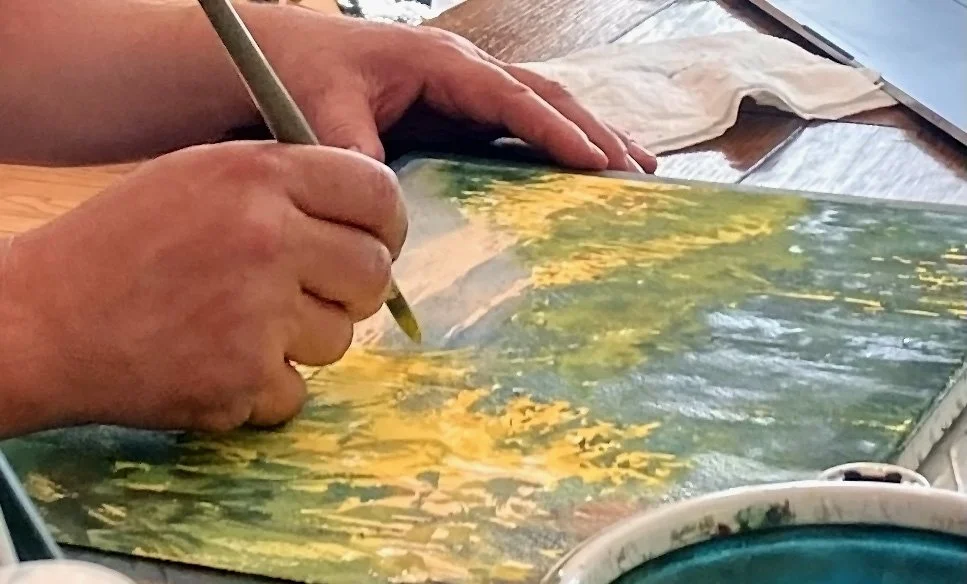Pt. 1- Is It Your Technique That's Your Problem?
I’ve had a lot of students come to me with a desire to improve their technique. Which is totally understandable. How can you paint if you can’t control your brush or your paper or your pigments? So, they want to improve their wet into wet work, or better use color, or preserve their whites, etc. And all of that is important, but it’s not, in the long run, the most important thing.
You guessed it- I’m talking about Composition today! Well, yes, it’s composition but I really mean something even simpler, down to earth, and more straight forward. Choosing your subject.
Have you ever heard the saying “Value does all the work, but color gets all the credit?” That’s sort of how I think about Technique and Composition. In a successful painting, viewers often focus on impressive technique, but generally there’s very little conversation about the composition and choice of subject. That’s presumed. And yet if we see a boring subject that is really well rendered, we yawn about it and move on. Or, even more to the point- we probably don’t even get to see those paintings, because an artist knows they’re unsuccessful from the get go!
In this 3-part video series, I’ll be introducing you to what I think you really need to be focusing on long term- choosing your subjects, discarding those that don’t work, or improving them as need be.
Almost every class focuses on technique. It’s the easiest thing to teach. That doesn’t mean it’s actually easy. Hahahaha. Just the easiest! :D We work on technique a lot in From Photo to Final Painting- its the nuts and bolts of painting, and I think it’s 100% essential. And sometimes painters earlier along in the painting path don’t really even know WHAT to practice to get better. How do you improve your wet into wet work? How do you control color mixes? etc etc. So that’s totally important.
But the truth is that, in my opinion, your technique is going to naturally improve with time if you get instruction and continue to paint regularly. It’s really organically born out of that habit, through testing and doing and exploration. Miles on the brush.
However, what I don’t see a lot of in classes is exploring how to improve your own vision. How to choose your subject matter. Yes, I’m talking about Composition, but even on a simpler and more direct level- How do you choose what to paint? What makes a reference photo compelling? What can we do to it to improve it if it has issues? And when do we set it aside, choose not to paint it, and just let the memory be the memory?
This is basic, real world, nitty gritty sort of stuff that every artist should be learning, because it’s the thing that is going to pay the most dividends over time. The thinking. The seeing. How you get out into the world and start painting on your own, from your own photos and memories and journeys?
We probably don’t see as much of it in classes because it’s far harder to teach. !! :P And I think a lot of teachers (and students) think of it as “advanced”. And it’s true that it’s not for total beginners. That’s honest. But if you’ve been painting for a while, and you’re in that “stuck” mode, where you have learned some basics of technique but can’t seem to break away and paint on your own, using your own subjects, then this is probably a very real problem for you.
We go into these sorts of problems a lot in From Photo to Final Painting, developing that Compositional muscle and helping it become habit for you through repetition, self-focused practice, and organic input from me! That course is 12 weeks long, so we get a lot of time to work on stuff, but I’ll be introducing it to you here over this 3 part series, giving you all the bones.
Please stay tuned for the next post and video. I’ll be sharing and talking about the next important question- “What Makes a Compelling Reference Photo?”
